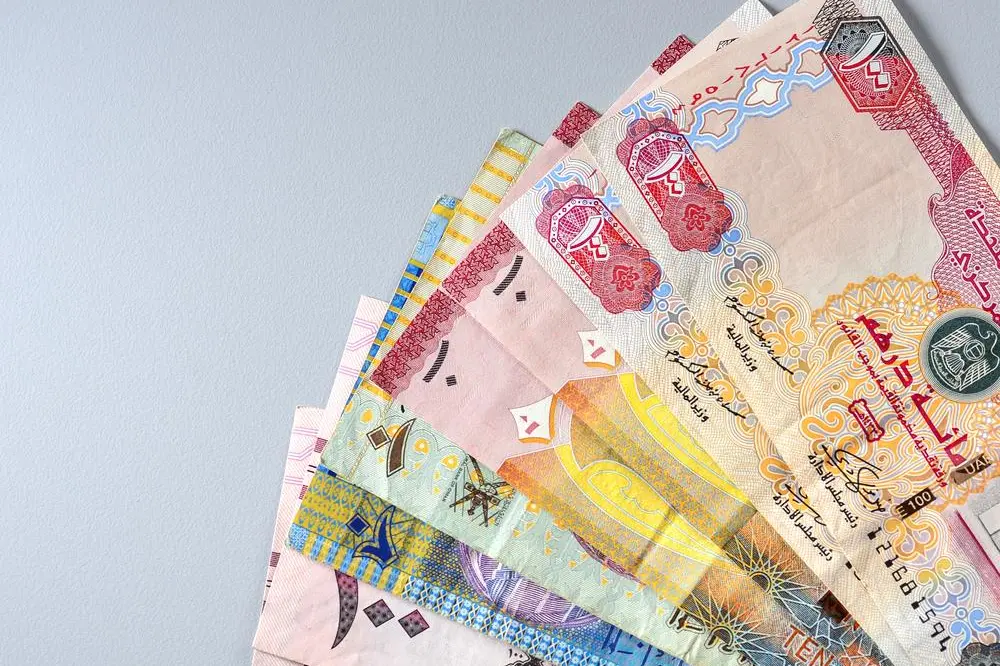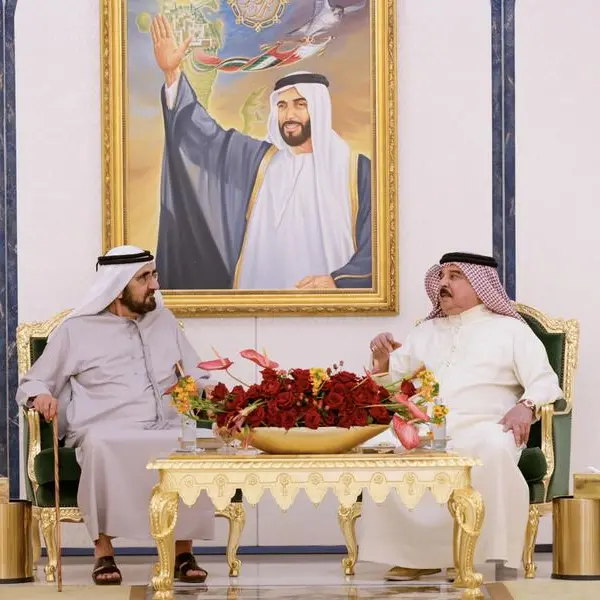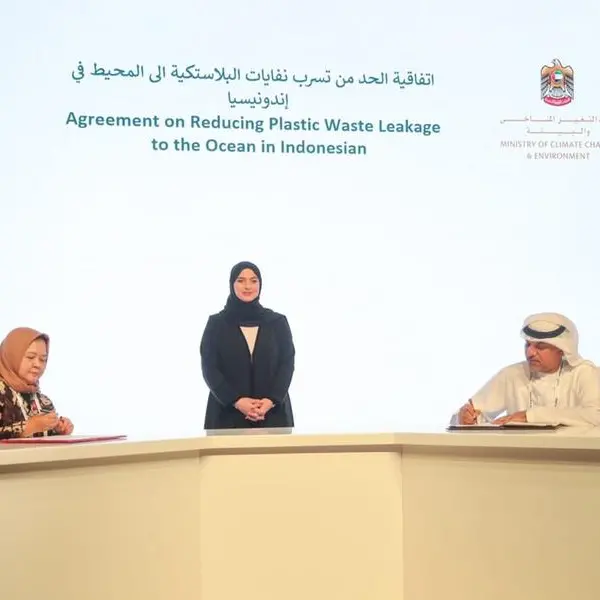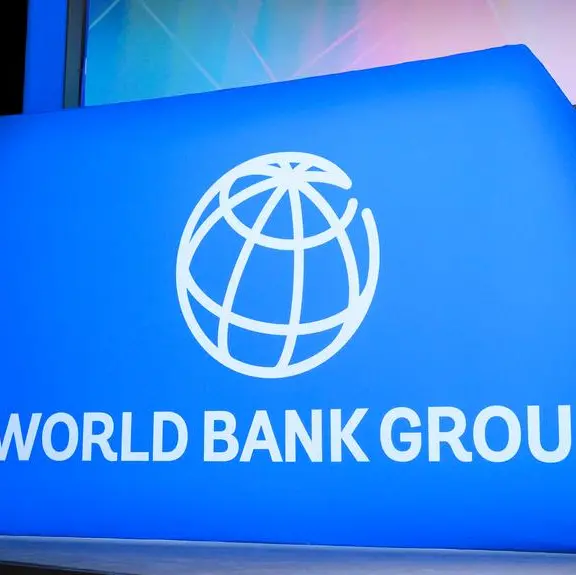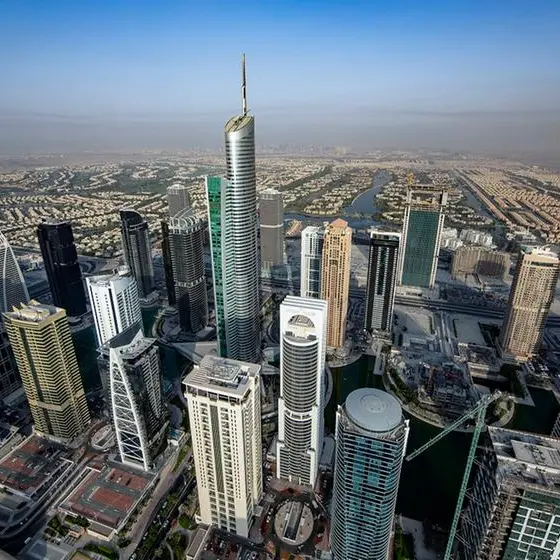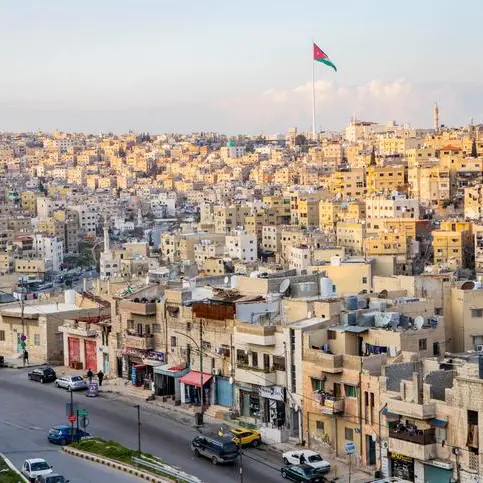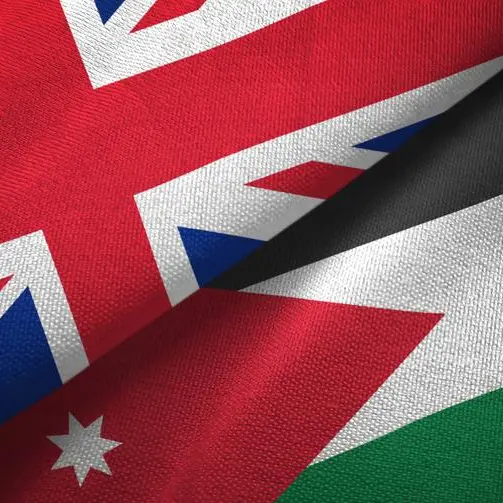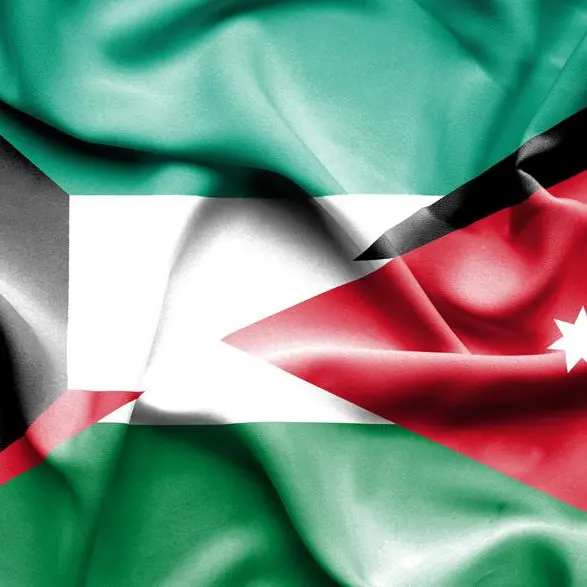PHOTO
As we transition from 2017 to 2018, many economies in the Middle East, especially those in the GCC, will achieve several milestones in 2018. In UAE, households and firms will adapt to the implementation of Value Added Tax, (VAT) starting January, important social change will take place in Saudi Arabia, to name a few, according to Arindam Banerjee, Assistant Professor, Finance at S P Jain School of Global Management, Dubai.
After a period of emergency austerity (which saw public spending cut by almost 20 per cent from 2015-2017 at the GCC level), public finances now look to be on a more sustainable path in most economies, allowing spending to start gradually recovering.
Various credible researches show that economic growth in the GCC will strengthen from 2018 onwards, with the UAE and Qatar outperforming the rest of the region. Factors that have weighed on expansion in 2017, such as hydrocarbon production cuts and ‘lower for longer’ oil prices—will soften in 2018, boosting government revenues and improving consumer and investor confidence across the region. Further, economic growth is expected to pick up in all Gulf Cooperation Council (GCC) member states over the medium term (2018-2021). Steady rising global hydrocarbon prices will be a key driver of growth in the GCC over the years ahead, as hydrocarbons account for over half of government revenue in all member states, and prices therefore have a major impact on public spending.
EstimatesAgainst this backdrop, GDP growth in the region is expected to gain momentum in the years ahead. The forecast is a GDP growth of 2.8 per cent in the GCC in 2018 (after growth of just 0.3 per cent in 2017), and an acceleration from 1.4 per cent to 3.2 per cent in the wider Middle East. We will see a broad spread of growth performance though, with GCC economies bound by the OPEC agreement to keep oil output low, growing slower than other economies (although non-oil sectors are forecast to pick up).
With oil production cuts likely to be maintained through 2018, and reversed in 2019, GDP growth is expected to pick up to around four per cent in both the GCC and wider Middle East. Within this, we forecast oil GDP to rebound from a 2.3 per cent contraction in 2017 to growth of 1.7 per cent in 2018 and around one percentage point stronger in 2019. Growth in the non-oil sector is forecast to pick up from 2.4 per cent in 2017 to 3.7 per cent in 2018 and 4.7 per cent the year after.
The International Monetary Fund (IMF) expects the UAE economy to surge to 3.4 per cent in 2018. Thanks to its rapid economic diversification, the UAE enjoys sustained growth despite low oil prices. The UAE non-oil sector economy is expected to grow 3.1 per cent this year and accelerate to 3.5 per cent in 2018. According to IMF estimates, the UAE's economic activity is expected to strengthen slowly in the coming years with firming oil prices and other global indicators, and an easing pace of fiscal consolidation. VAT is expected to be introduced in January 2018, and we estimate that the government could earn 1.6 per cent of GDP in the first year of its introduction.
UAE’s economic indicators continued to reflect a gradual recovery in real non-oil activity in 2017, with some moderation of the headwinds seen in 2016. After three years of deceleration, a Dubai-led firming of investment activity drove the recovery, including projects linked to Expo 2020. It is also believed that this is resulting in an easing of fiscal consolidation, a moderate pick-up in external demand, supported by trade and tourism. Positively, the impact of higher central bank interest rates in the US and UAE has been limited by the improved domestic banking sector liquidity, thereby reducing the upward pressure on market interest rates.
Non-oil growthWe can also expect to see a further pick-up in non-oil growth in 2018 and beyond as investment momentum builds ahead of Expo 2020. However, the pace of recovery will likely be dampened by the introduction of VAT in 2018, resulting in a more gradual acceleration. Despite signs of a pick-up in non-oil activity in 2017, a number of external and domestic factors are checking the pace of the recovery. Thus, real non-oil expansion will likely stay below the pre-2015 trend levels in our two-year outlook period.
Oman’s economy is benefitting from trade diversion, as exporters use Omani ports for transit to and from Qatar. In conjunction with the implementation of VAT, the impact of austerity on public sector wages and welfare will maintain pressure on household budgets. Household spending is expected to rise by just 3.4 per cent in 2017, and 2.9 per cent in 2018 and 2019—substantially slower than the 5.6 per cent average rate from 2011-2016. Oman’s reliance on debt issuance to finance a fiscal deficit, the consequence of these deficits is that government debt will have risen from just five per cent of GDP in 2014 to 57 per cent of GDP in 2018.
More positively, the economy is expected to get a boost from the gas sector in 2018, when the Khazzan gas field comes fully on-stream (boosting gas output by an estimated 25 per cent). Also, Oman is one of non-OPEC countries that agreed to OPEC deal so if oil output reverts to pre-OPEC deal levels in Q1-2018, GDP growth could rebound to five per cent in 2018. But if OPEC’s production cut deal is to be extended, GDP growth is expected to be substantially slower.
However, the region is not insulated from the geological risks that will emerge from politics and security. Iran is expected to be a great performer, with GDP growth of four per cent forecast for 2018, boosted by rising output (not being a signatory to the OPEC-plus deal), and many sanctions having eased in recent years. Meanwhile the missile attack from Yemen into Saudi Arabia risks increasing Iran-Saudi tensions. And the relations between Qatar and other GCC members have deteriorated, with Bahrain recently calling for suspension of Qatar’s membership of the group. Although the direct economic impacts have so far been relatively modest, the strains could undermine regional cooperation on economic policy issues, and broader investor confidence in the region.
HurdlesOne of the key challenges for the Middle East economies as we move into the final months of 2017 and into 2018 is the ongoing pinch on household incomes. The upcoming GCC Value-Added Tax is expected to increase the cost of living in impacted economies by around 2.5 per cent in 2018, and 0.5 per cent in each year from 2019-2022. Households in many countries are also feeling the squeeze from higher energy costs—fuel prices were raised by six per cent in the UAE earlier this year and are expected to rise in Saudi Arabia in early 2018. Together with the impact of a weaker dollar on import costs, these pressures are expected to drive consumer price inflation at the GCC level from just 1.2 per cent in 2017 to 4.7 per cent in 2018, and 3.5 per cent in 2019. Consumer spending is also expected to grow 2.5 per cent in 2018 and 2019—compared to an average of 4.2 per cent per annum from 2010-2016.
Moving forwardMore positively, evidence is emerging that the acceleration in world trade has been felt in the Middle East region. Those economies which are the most diversified appear to be seeing the greatest benefits. Growth in the non-oil sector in the UAE accelerated to a two-and-a-half year high in August, according to the survey-based Emirates Bank Purchasing Managers Index. Growth remains well above the long-run average. Meanwhile in less-diversified Saudi Arabia, the same metric has picked up through the year, but remains well below the historical norm.
GCC countries need to shift focus towards deeper, multi-dimensional fiscal policy and institutional reforms. These will help to secure long term fiscal sustainability, and also support the development of vibrant private sectors. Furthermore, by boosting investor and market confidence, they can also start a virtuous cycle of stronger investments, including FDI, and output growth in the near term.
